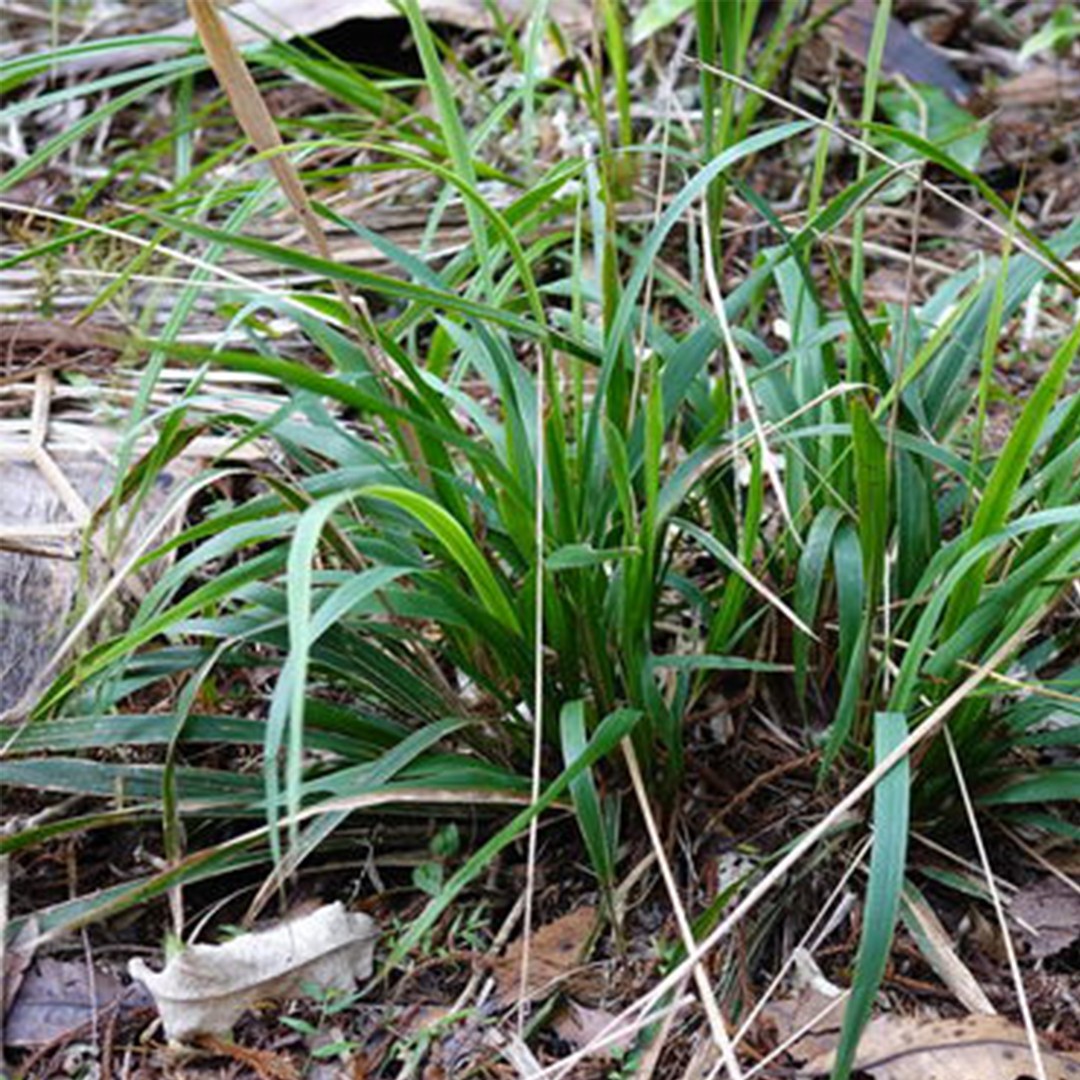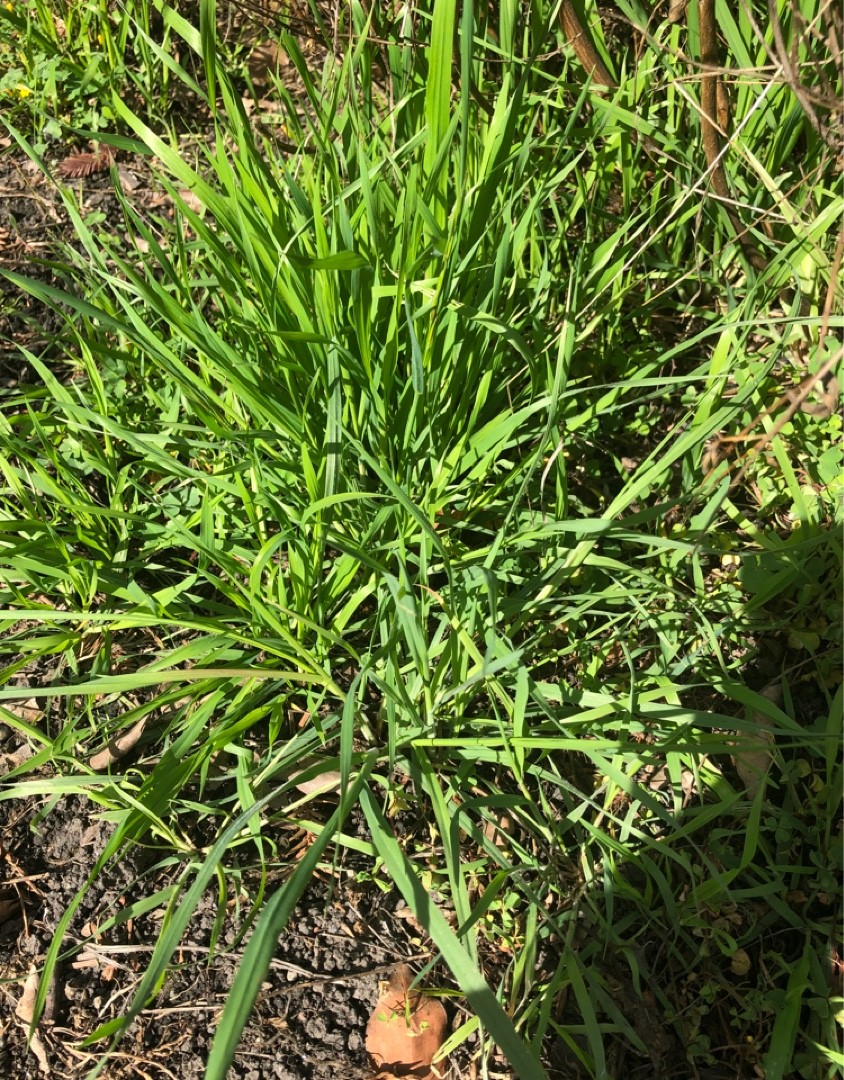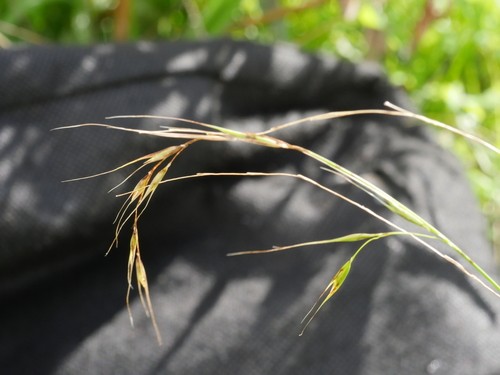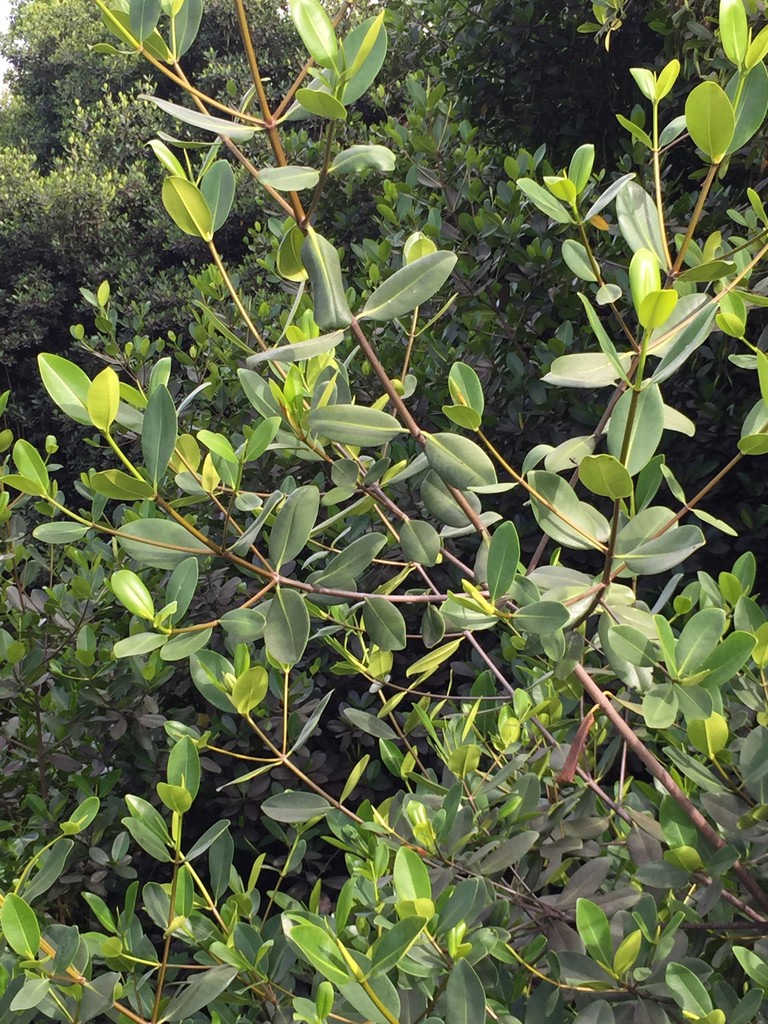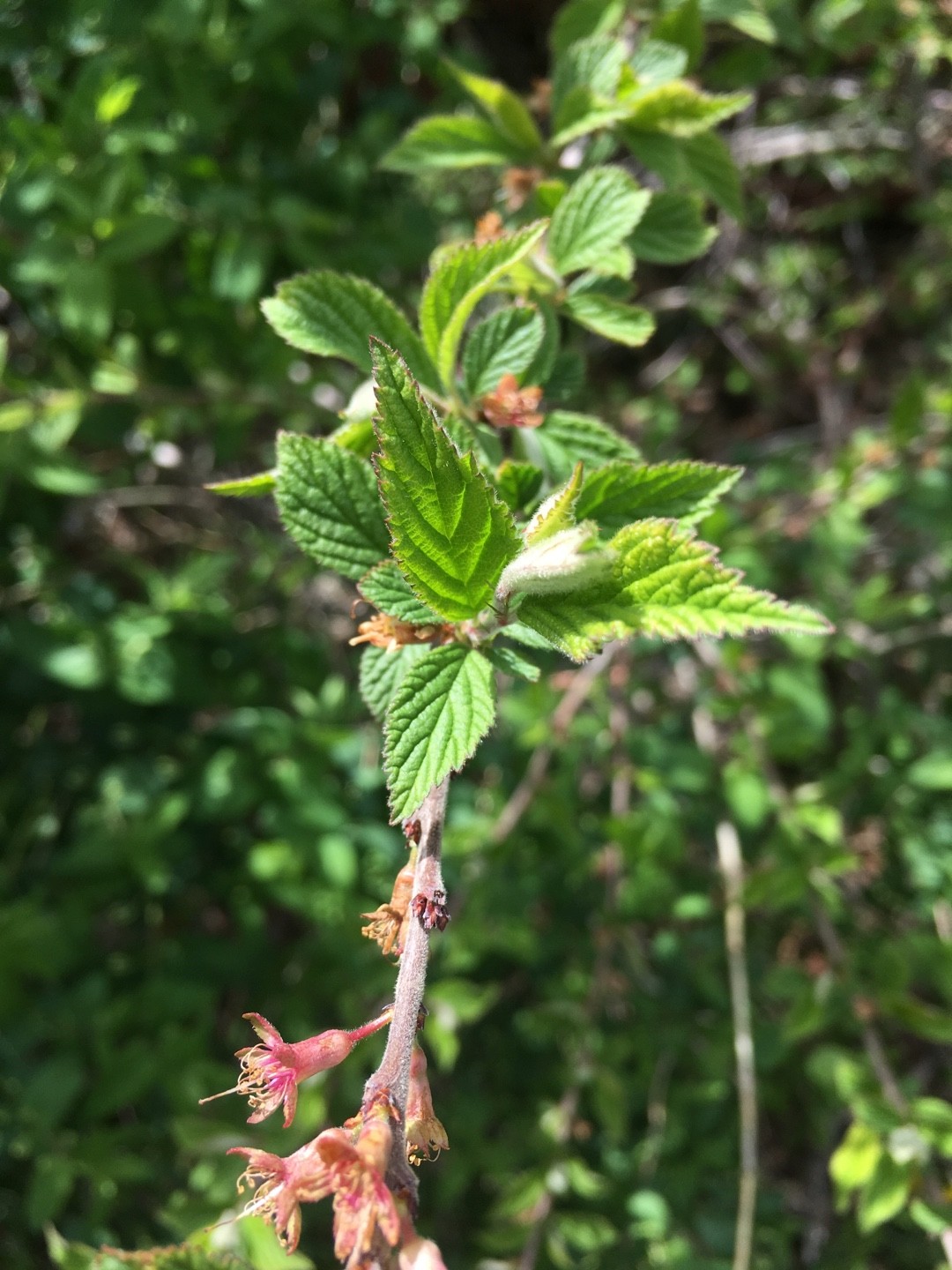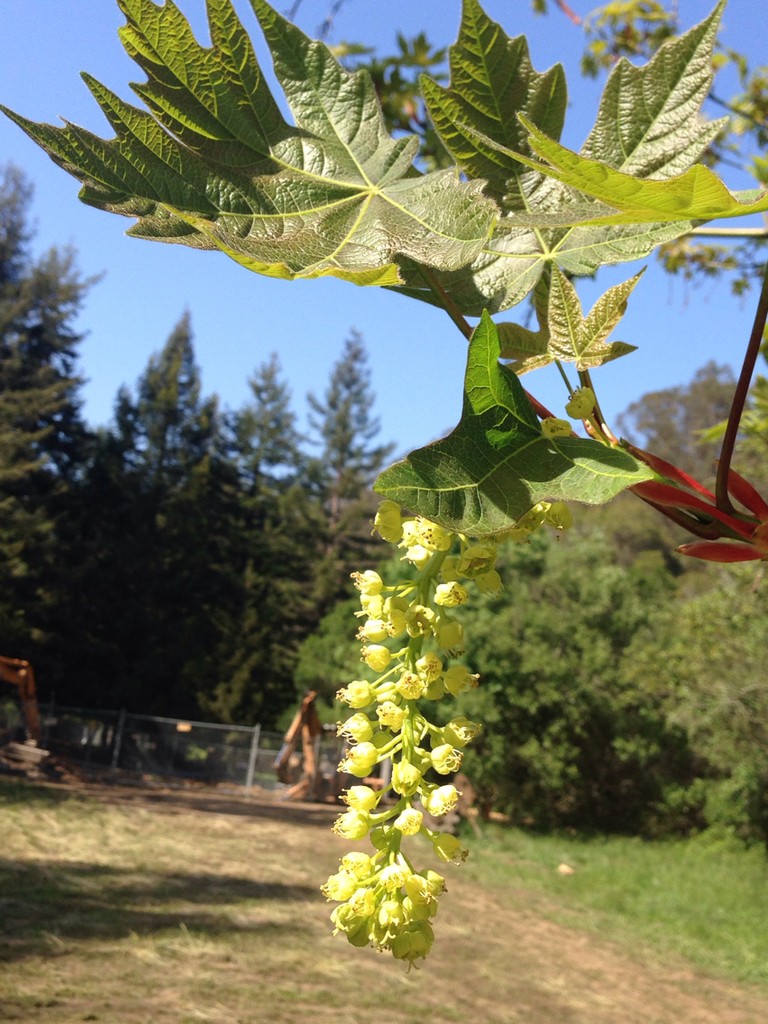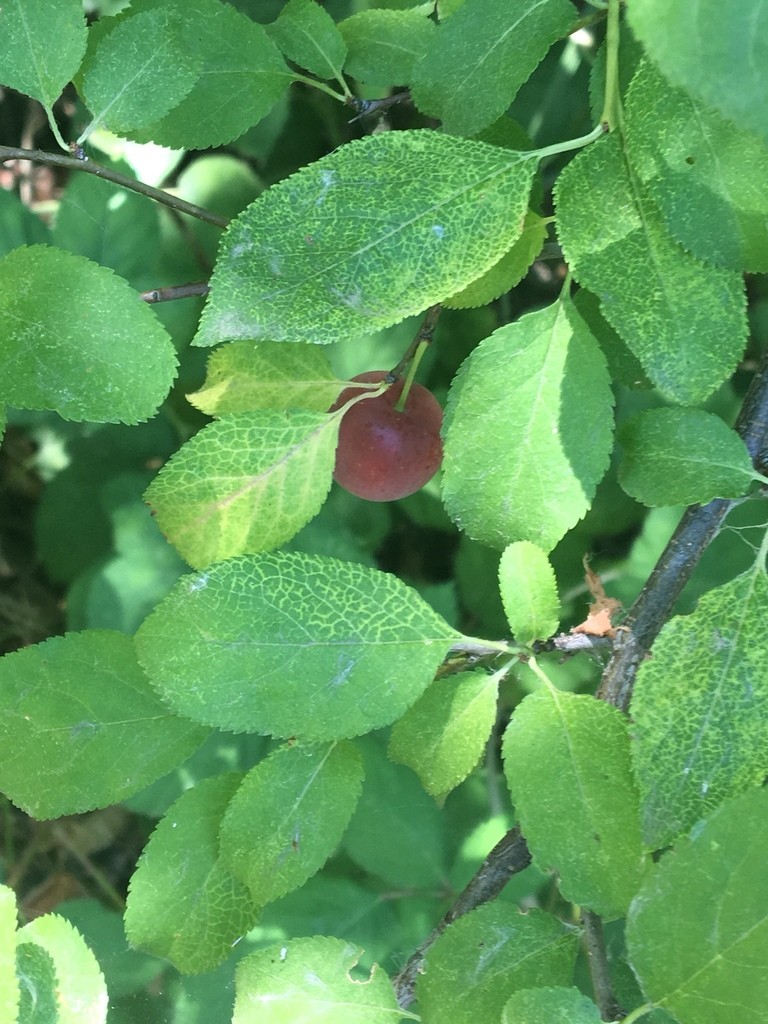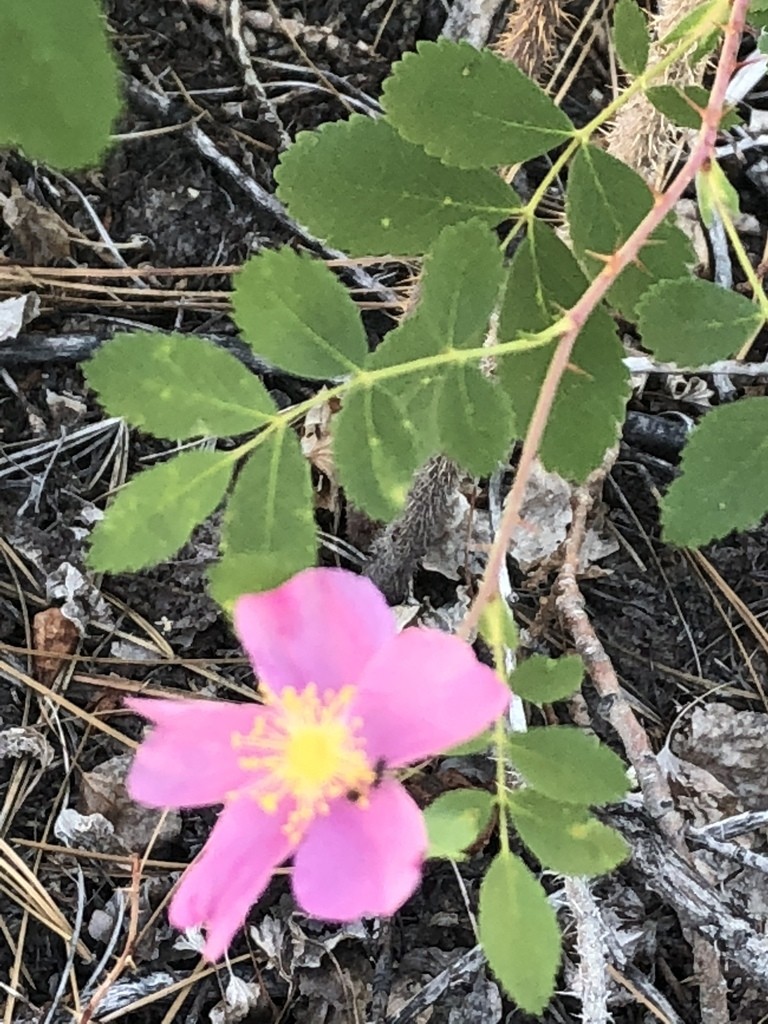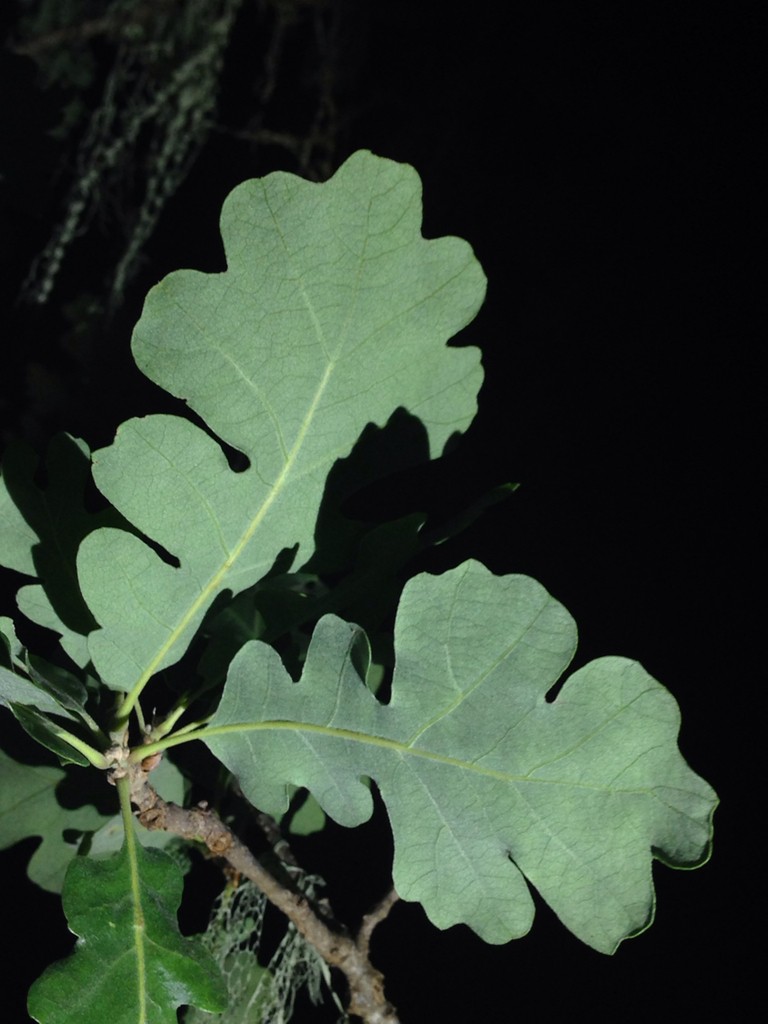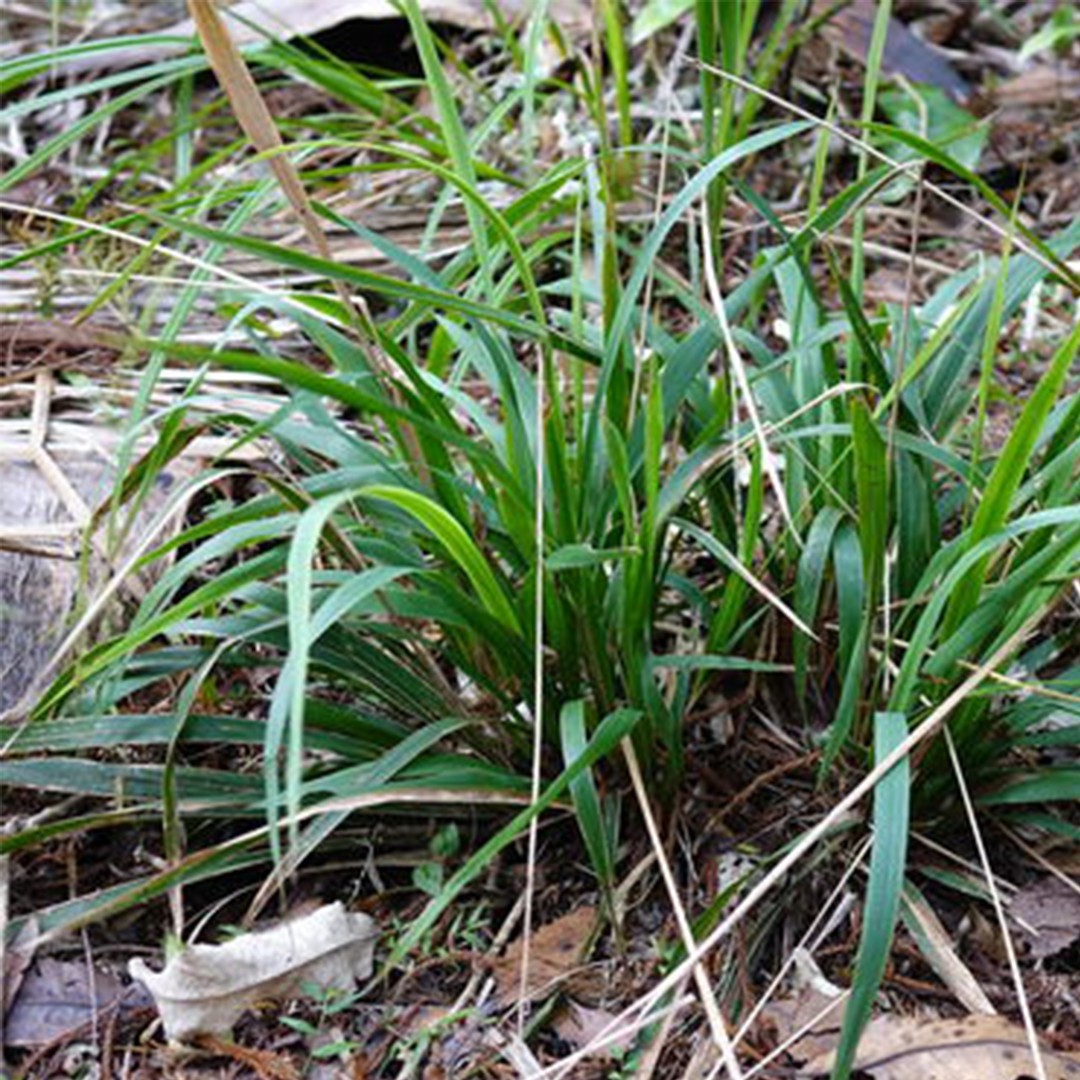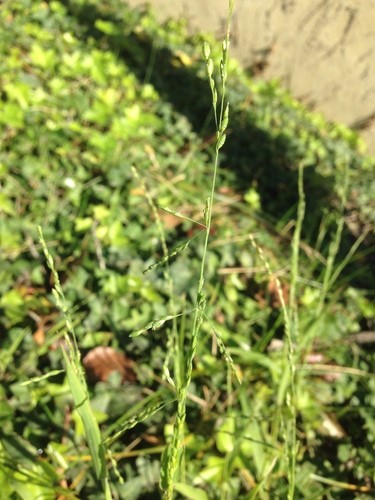Ehrharta diplax var. diplax
Ehrharta diplax var. diplax features slender, long leaves and a robust root system, anchoring it firmly in its native arid terrain. This variety showcases airy flower spikelets that dance atop slender stalks, inviting pollinators. Adaptive and hardy, ehrharta diplax var. diplax flourishes where moisture is scarce, its deep roots tapping into hidden water reserves.
